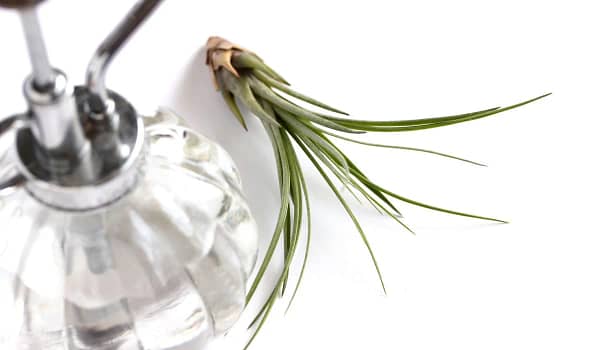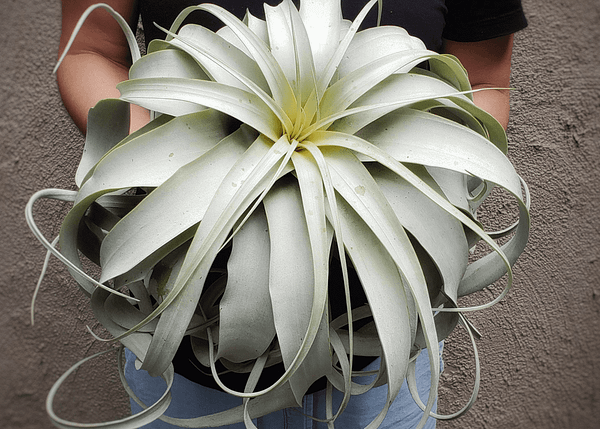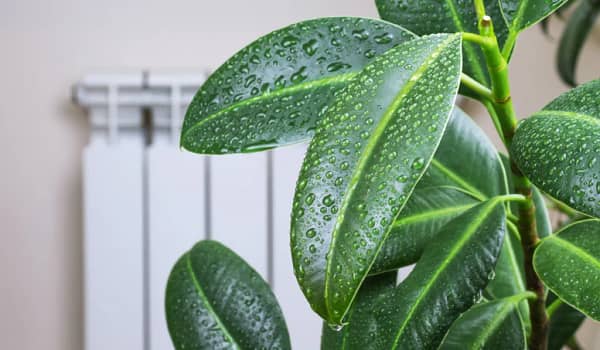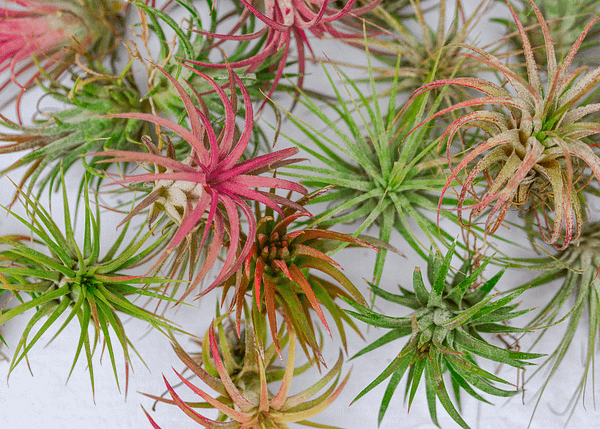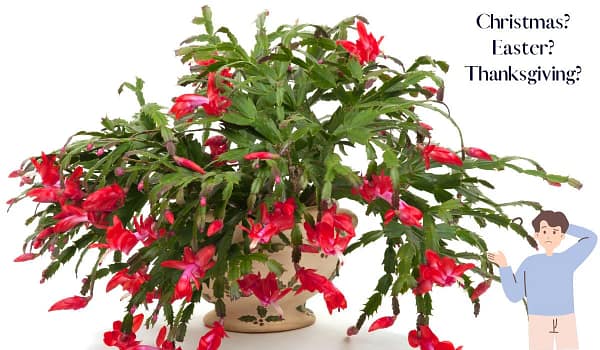All About Monstera Peru Care

Monstera Karstenianum
Monstera Karstennianum is a smaller species of monstera that resembles a pothos more than the familiar Monstera Deliciosa. The Peru lacks the usual fenestrations or splits in its leaves that Monsteras are known for. Instead of splits, it has ridges and grooves with a leathery appearance. As the common name suggests, Monstera Peru originates from Peru and is one of the easier species of Monstera to care for.

Tips for Monstera Peru Care
Karstennianum is from tropical regions of Peru where it grows along the forest floor and climbs up trees. The dark green leaves allow it to photosynthesize well and thus prefer more shade than other Monsteras. These normally don’t have to be right next to a window.
Take care when moving Karstennianum outdoors for the summer. It’ll need a shady porch and a few weeks to acclimate to the increase in light. Once it’s accustomed to higher light, it’ll love it. Tip: move your plant closer to the light over a 2-3 week period. A little closer every day.
The average temperature and humidity in most home environments is perfect for these tropical plants. If you live in an arid region, consider ways to increase humidity.
Many hobbyists prefer to grow Monsteras on totem or moss poles. This gives the aerial roots something to attach to and trains an upright growth pattern. If you prefer to have a wider, bushy plant, don’t use a moss pole. Check out our article on How to Make a Moss Pole.
Care Summary
Zone
The ideal temperature range is 60° – 90 ℉
Monsteras prefer warm, humid conditions.
Monstera can be invasive. Use caution if growing outside of its native habitat.
Find your zone here.
Water
They don’t like to completely dry out like a cactus would but don’t like to sit in water.
Water when the top 2-3 inches of soil is slightly dry.
If you are unsure, stick your finger in the soil.
Too much water can cause root rot.
Size
On average 1 foot wide.
Height will carry dramatically if allowed to climb or trail.
Light
Medium-light to shade.
North-facing window or set farther back from other brighter windows.
Grow in shade outdoors.
Direct summer sun can cause sunburn if not acclimated.
Soil
Use a rich potting mix that is loose, airy, and drains well.
Add orchid bark and perlite to regular soil to improve drainage.
Alternatively, you can make your own aroid mix that can be used for all of your aroids.
Humidity
Ideally 50% or higher humidity levels.
They can tolerate short periods of lower humidity, especially while semi-dormant during winter months.
Native to tropical regions of Central America.
Fertilizer
Fertilize every during the growing season.
Once every three months with Green Grub Insect Frass.
For synthetic, use an all-purpose houseplant fertilizer with a balanced ratio.
Propagation
Division
Stem cuttings

How to Propagate Monstera Peru
Monstera Peru propagation is easy peasy. Once your plant is mature, you’ll likely have no choice but to prune it every few years so why not take those cuttings and spread the love with new plants?
There are two ways to propagate: division, and stem cuttings. Both methods are best done in the spring or during active growth. Tip: ground cinnamon can be applied to cuts to help close the wound and prevent infection on plants.
Division
1. This is easily done while repotting your plant. Once you have the rootball out of the pot, use a sharp knife to cut individual offsets away from the main plant. Make sure to get enough roots to support the new offset.
2. Likewise you can also loosen the rootball with your fingers and gently separate the offset from the main plant.
3. Plant your new offset into a rooting medium, keep it moist, and wait for the plant to establish.
4. Once your offset is established and growing well. Repot into a pot that is 1 inch larger than the rootball and enjoy your new plant!
Stem Cuttings
1. Take cuttings of healthy stems making sure to get the node. The “node” is where the aerial root grows. This aerial root or node will change into soil roots. Without the node, no roots will grow.
2. Plant the stem with node(s) into a rooting medium and keep the growing medium moist, not wet. Ensure that the node is in the rooting medium, not above it.
3. If possible, cover with a clear plastic or glass dome so that the leaves do not dry out. Seed starting kits and propagation boxes work well for this.
4. Place your cuttings/ prop box in a warm area with bright indirect light and keep growing medium moist, not wet.
5. Wait for new growth. Once you have a thriving plant-let, repot, and slowly acclimate to a less humid environment.
6. Monstera Peru also roots very well in water. Use a clear glass of water and place the node below the water line. Put the glass in a warm, sunny spot and change the water weekly. Wait for roots to grow, then pot in loose soil.

Aroid Mix Recipes for Monsteras
The following are a few recipes you can try for making your own aroid mix. Different people prefer different mixes according to their plant care style and environmental needs.
I prefer to use regular indoor potting soil and add amendments as needed. For example, if my plant isn’t drying out in time for the weekly watering, I’ll repot and add perlite to aid in drainage. Conversely, if it drys out too fast, I’ll repot and add coconut coir to retain moisture.
Basic Mix
1/2 Regular potting mix
1/4 Perlite
1/4 Orchid Bark
1 to 1 Mix
Orchid Bark
Compost or Natural Fertilizer
Perlite
Potting Soil
Coconut coir or Peat moss
1234 Mix (Soil)
1 Part Insect Frass (or castings)
2 Parts Soil
3 Parts Perlite
4 Parts Orchid Bark
1234 Mix (Coir)
1 Part Insect Frass (or castings)
2 Coconut coir or peat moss
3 Parts Perlite
4 Parts Orchid Bark
Find your own Monstera Peru here.
I hope this article helps you grow a gorgeous Monstera Peru! Have any other questions about Monsertas? Drop a comment or send a message.
We act as affiliates for trusted merchants and we may earn referral commissions resulting from purchases of products or services recommended on this website.’














